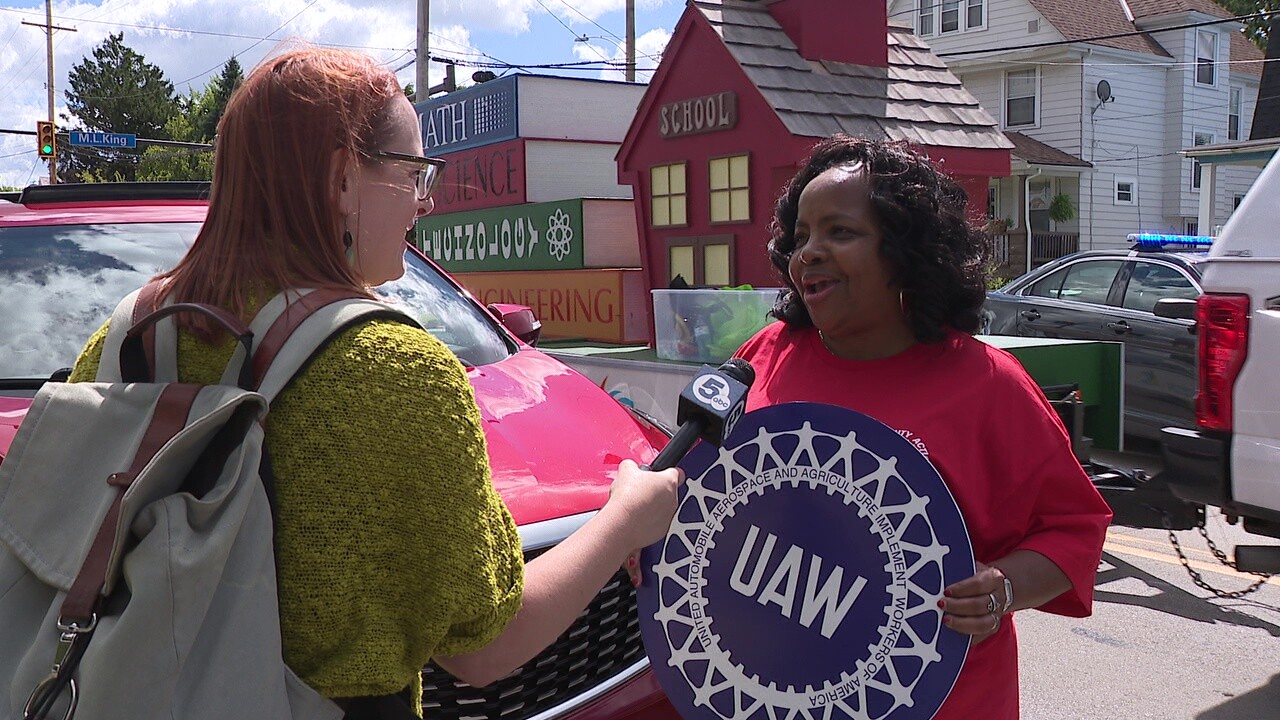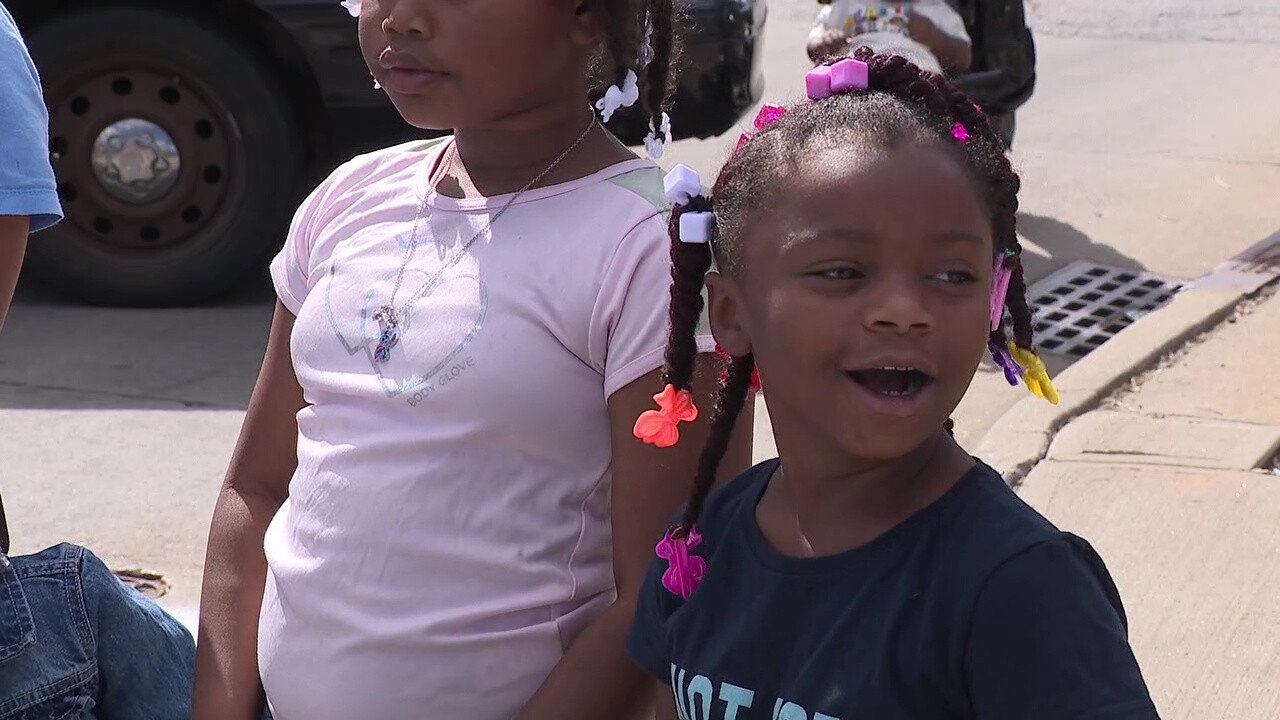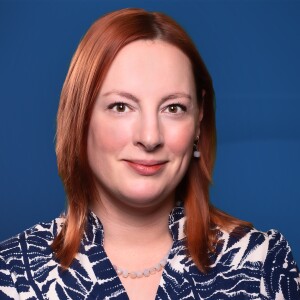CLEVELAND — Politicians and police officers passed out handfuls of candy. Children stuffed their backpacks with treats. And families lined Kinsman Road to soak up the last bit of summer.
Thousands of people turned out Monday for the Labor Day parade on the city’s East Side. It’s a 52-year-old tradition that’s steeped in politics, attracting Democratic candidates and officeholders – along with high school bands, motorcycle riders and local businesses.
Marjorie Chambers used to be one of the kids watching from the curb.
But this year, she was part of the procession, piloting a Cadillac through the crowd.
“Our goal here ... is to bring labor back to the parade,” she said.
Chambers has been a member of the United Auto Workers for 50 years. She worked for decades as a tool and die maker at the General Motors Co. plant in Parma. Now retired, she leads a regional UAW group that endorses politicians who support organized labor.
A native of Cleveland’s Mount Pleasant neighborhood, Chambers went to Jane Addams Vocational High School, where she studied industrial sewing. That led her to a job at GM, where she started out as a sewing machine operator making car seat covers.
“My first job, I didn’t even know what UAW was. … I said, ‘UAW, what does it mean?’ she recalled. “And they said, ‘United Auto Workers.’ And I said, ‘I like the way that sounds. United. Auto. Workers.’ And I’ve been one ever since.”

For many Americans, Labor Day is synonymous with sales, cookouts and festivals. But it started with activists who pushed for recognition – and better treatment – of blue-collar workers. It became a federal holiday in 1894.
Today, 10% of American workers are union members, according to the most recent data from the U.S. Bureau of Labor Statistics. That’s roughly 14.4 million people.
In Ohio, 12.5 percent of workers are members of unions or similar employee associations.
Membership has been dropping since at least 1983, when 20.1% of U.S. workers belonged to a union. During a Pew Research Center survey conducted early this year, most people said the decline in organized labor has been bad for workers – and the country.
Chambers has experienced that falloff. But she sees signs of a resurgence.
“We’re automotive. We’re nurses now. We’re teachers. We’re expanding,” she said.
And she’s trying to recruit members of the next generation. She visits local schools to talk up apprenticeships – pathways to jobs that don’t require a four-year degree.
“If you don’t go to college, consider a trade,” she said. “It pays very well. Very well.”
Wanda Wilkes was glad to see a growing union presence on the parade route. She’s been a member of the Cleveland Teachers Union for 22 years and works at John F. Kennedy High School on the city’s Southeast Side.
“If we didn’t have organized labor, we may not have all the jobs that we have, all the opportunities for people to work,” she said. “It’s very important to have unions in this Labor Day parade.”
The parade was put together by the 11th Congressional District Community Caucus. U.S. Rep. Shontel Brown, a Democrat who represents the district, was the grand marshal.
“The people are the most amazing thing about this parade,” Brown said just before the festivities began. “From the participants – of over 250 – to the citizens that line the streets.”

Sisters Noelle and Nova stood with their cousins near the start of the route at East 147th Street and Kinsman Road.
For Noelle, 10, the motorcycles were the star attraction. Nova, 3, clutched a colorful book she received from one of the marchers.
At one point, Captain America passed by, giving fist-bumps and handshakes.
The kids were oblivious to the significance of the day, the political messaging and the volunteers urging parade-goers to register to vote in time for November’s election.
For them, Labor Day means one thing: “Getting all the candy,” said Carma, 6.





